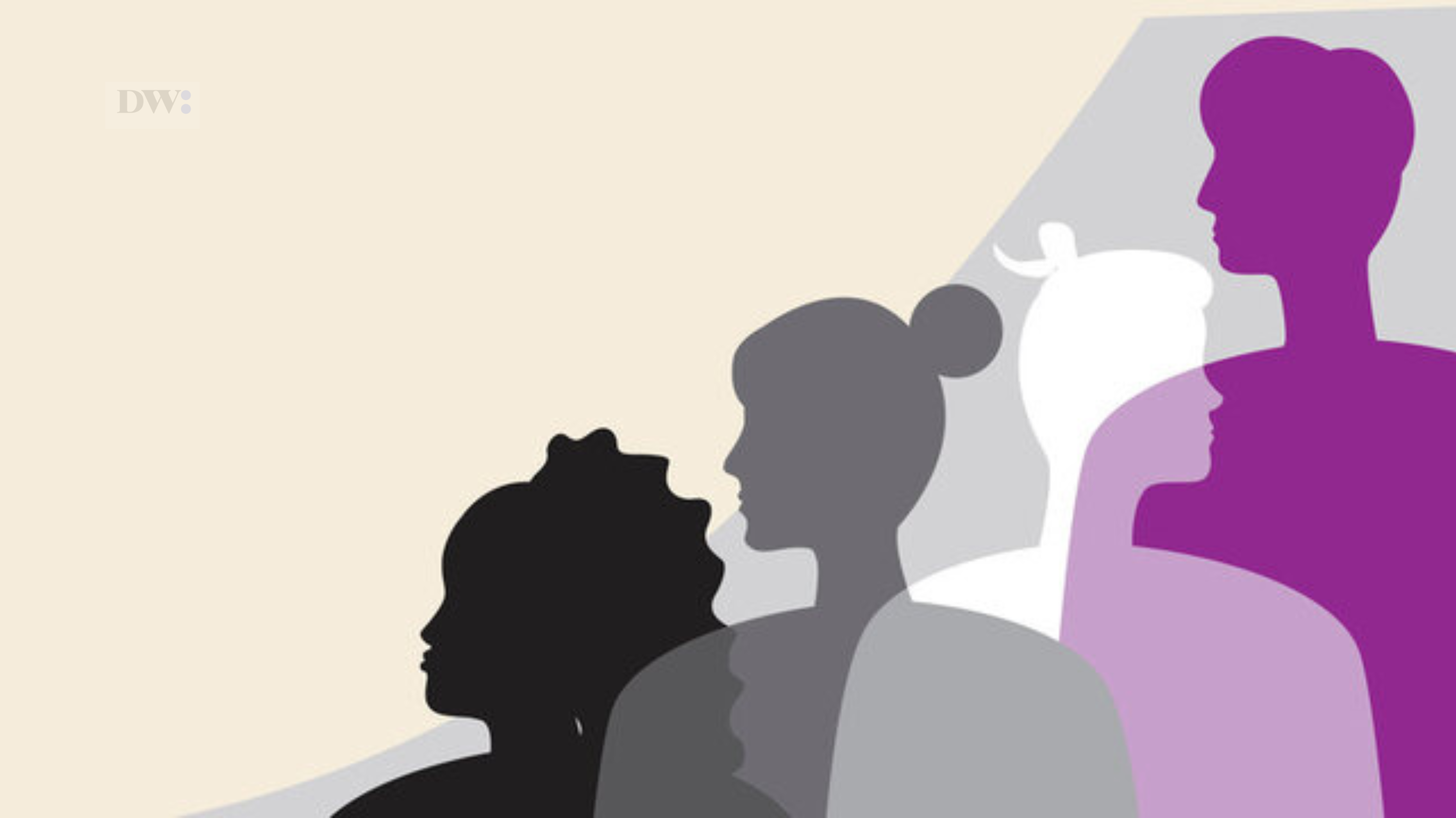Asexuality, often misunderstood and marginalised in discussions of sexual orientation, refers to experiencing little to no sexual attraction to others. Referred to as ‘ace’ for short, asexuality is distinct from celibacy, which involves choosing to abstain from sexual activity despite having sexual desires. Asexuality exists along a spectrum, encompassing diverse experiences and identities within its community.
Understanding Asexuality
Asexuality is not a one-size-fits-all label. It is important to differentiate between sexual and romantic attraction. It is also crucial to distinguish between asexuality and aromanticism.
Asexuality refers to experiencing little to no sexual attraction, while aromanticism involves experiencing little to no romantic attraction. Some asexual individuals may experience romantic attraction, while others do not. Asexual individuals who are aromantic are often referred to as ‘aroace’.
Within the asexual spectrum, there are various identities, each representing different experiences and nuances:
- Demisexuality: Individuals experience sexual attraction only after forming a strong emotional bond with someone.
- Gray-Asexuality: Individuals occasionally experience sexual attraction or do so only under specific circumstances.
- Fraysexuality: Individuals experience sexual attraction towards strangers or people they don’t know well, but this attraction fades once they form a closer emotional bond.
- Lithosexuality (or Akoisexuality): Individuals may experience sexual attraction, but do not desire that attraction to be reciprocated or do not wish to engage in sexual activities.
- Reciprosexuality: Individuals only experience sexual attraction to someone after knowing that person is sexually attracted to them.
Understanding these varied experiences within the asexual spectrum highlights the complexity and diversity of asexual identities.
Sexual Behaviours Within Asexuality
In discussing asexuality, it is important to recognise the diverse range of attitudes towards sexual activity within the community. Some individuals may identify as sex-repulsed, sex-favourable, or sex-neutral. Understanding these different perspectives is crucial for fostering acceptance and inclusivity within the asexual community and beyond.
Sex-Repulsed Asexuals
For sex-repulsed asexuals, the idea of sex can be uncomfortable or distressing. This can be a natural aversion. Managing sex-repulsion involves setting clear boundaries, communicating openly with partners, and finding supportive communities where one’s feelings are validated. It is crucial to respect these boundaries and create environments where sex-repulsed asexuals feel safe and understood.
Sex-Favourable Asexuals
Sex-favourable asexuals are open to, or comfortable with engaging in sexual activities under certain circumstances. They may engage in sexual activities for various reasons such as personal exploration, curiosity, intimacy and connection. Their experiences underscore the importance of consent and personal comfort, illustrating that asexuality encompasses a wide range of relationships and behaviours.
Sex-Neutral Asexuals
Sex-neutral asexuals hold a neutral view of sex, though they may not feel sexual attraction themselves. They may approach sexual activity with a sense of indifference or neutrality, neither strongly embracing nor avoiding it. They may enjoy certain aspects of sexual activity or find joy in their partners’ pleasure. Navigating relationships as a sex-neutral asexual involves open dialogue about needs and boundaries, ensuring that both partners are comfortable and fulfilled.
Misconceptions and Stereotypes
Asexuality is surrounded by misconceptions. Common myths include the idea that asexuals are just celibate, repressed, or have not found the right partner. These stereotypes can be harmful, leading to feelings of isolation and invalidation. Understanding that asexuality is a valid and enduring orientation is essential. It is not a phase or something that needs to be “fixed”.
Is Asexuality A Medical Condition?
A significant issue asexual individuals face is the medicalisation of their orientation. For many years, a lack of sexual desire was pathologised, often being labelled as hypoactive sexual desire disorder (HSDD) or other medical conditions. This medicalisation stems from societal norms that prioritise sexual attraction and activity as indicators of health and well-being.
The negative impact of this medicalisation is profound. It can lead to asexual individuals being subjected to unnecessary treatments, therapies, or medications aimed at correcting their lack of sexual desire. This not only invalidates their orientation but also contributes to feelings of being broken or abnormal.
A pivotal moment in the recognition of asexuality as a valid sexual orientation came from the work of Brotto and Yule, detailed in an article published on Psychology Today in 2016. This article, ‘‘Asexuality Is a Sexual Orientation, Not a Sexual Dysfunction’’, highlights that asexuality is characterised by a lack of sexual attraction and is not associated with the distress or dysfunction seen in sexual disorders. This distinction has been crucial in validating asexuality as a genuine sexual orientation rather than a medical condition.
Furthermore, the pathologising of asexuality can create barriers to self-acceptance and hinder the development of a supportive community.
Community and Support
Finding a supportive community is invaluable for many asexual individuals. Online platforms like AVEN (Asexual Visibility and Education Network) offer resources and forums for connection. Local groups may also provide spaces where asexual individuals can share their experiences. Support from friends, family, and allies plays a crucial role in the journey towards self-acceptance. It is important to foster environments where people feel respected and affirmed in their identity.
Embracing asexuality can be empowering, allowing individuals to understand themselves better and connect with others who share similar experiences. To those exploring their identities, it is encouraging to embrace your truth, seek out supportive communities, and remember that your feelings are valid. As society moves towards greater acceptance, we can hope for a world where asexuality is understood and respected.

Leave a Reply